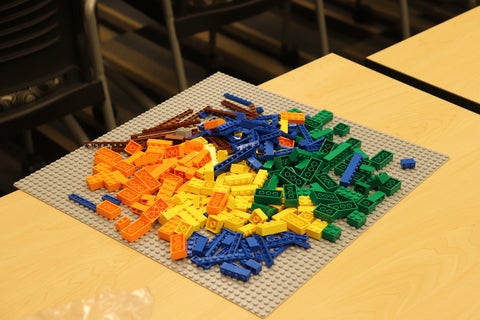"Perspective", "Insightful", "Sustainable". These are just a few words echoing last week's impactful event.
Hosted by Professor Nadine Ibrahim as part of the Exploring University With You initiative, high school students were invited to campus for a taste of university life. The highlight? A dynamic lecture on "Sustainable Cities" through a LEGO® activity. 🏙️
Imaginations soared as students built their dream sustainable cities, creating a future of innovation and progress. From intricate models to thoughtful descriptions of sustainability features, each creation was a testament to creativity and community.
When asked to sum up their thoughts in just one word, the responses spoke volumes: "Creativity", "Sustainability", "Future", "Progression", "Interesting", "Community", "Innovative".
Here's to fostering the leaders of tomorrow and shaping a brighter, more sustainable future together!








